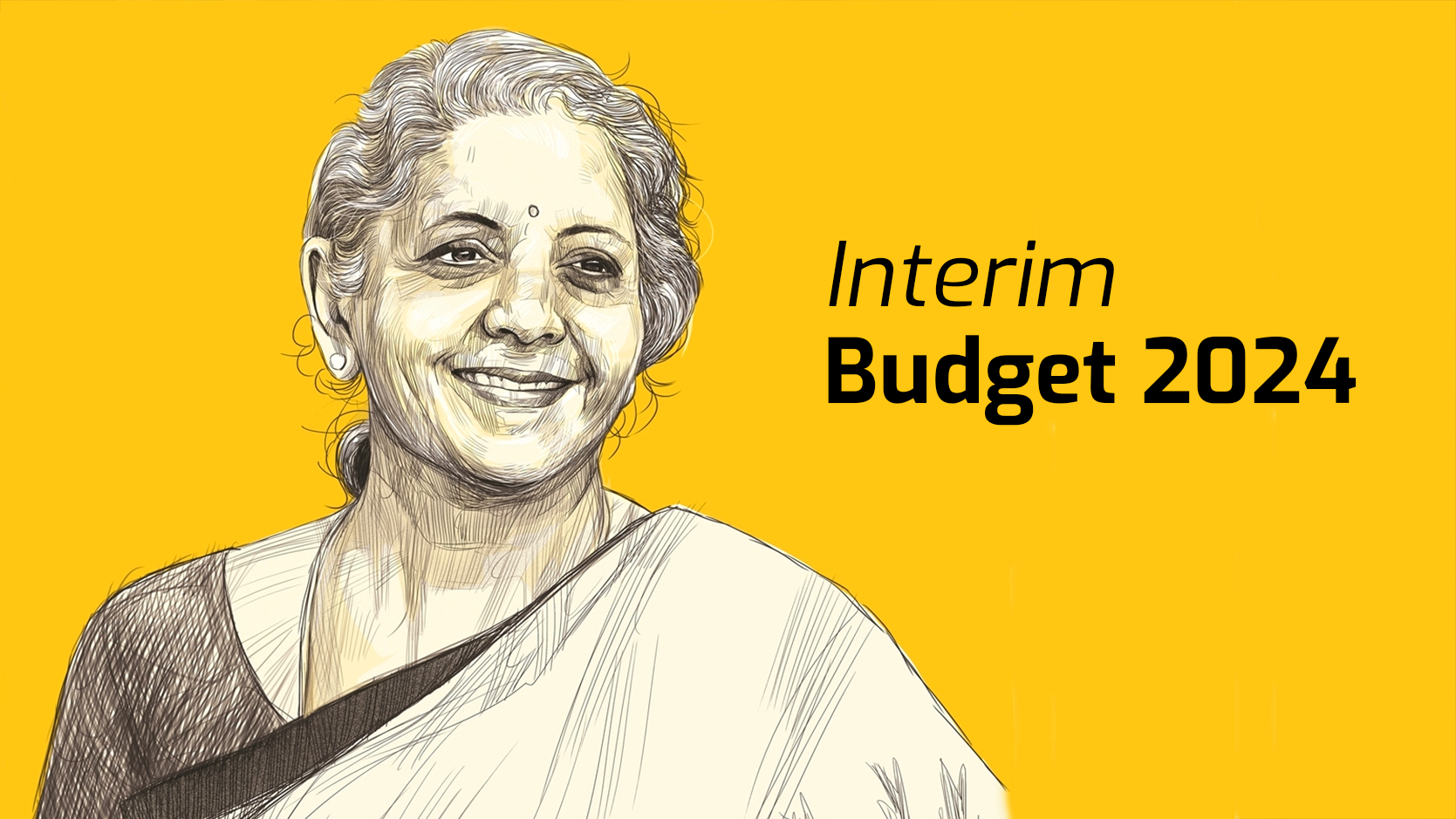Knowledge Nugget of the Day: Classical Languages
What in News?
As the Union Cabinet extends the “classical language” designation to Marathi, Pali, Prakrit, Assamese, and Bengali.
Classical Languages
Classical languages are seen as custodians of India’s ancient cultural heritage. These languages preserve rich histories, literature, and traditions of their respective communities. Languages granted classical status are honored for their role in safeguarding linguistic milestones.
Origins of the “Classical Language” Status
In October 2004, the Indian government introduced the category of “Classical Languages,” with Tamil being the first to receive the status on October 12, 2004, for its rich antiquity and literary tradition.
Revised Criteria for Classical Language Status
The Linguistic Experts Committee (LEC), formed in 2004, plays a crucial role in evaluating languages for classical status. In July 2024, the LEC revised the criteria, recommending Marathi, Pali, Prakrit, Assamese, and Bengali for inclusion.
Criteria for Classical Language Status
- Antiquity: The language must have a history dating back at least 1,500-2,000 years.
- Rich Literary Tradition: The language should have an extensive body of literature of cultural or historical significance.
- Independent Tradition: It should be distinct from modern forms or external influences.
List of Classical Languages
The newly designated languages bring the total number of classical languages in India to 11. Previously recognized languages include Tamil (2004), Sanskrit (2005), Kannada (2008), Telugu (2008), Malayalam (2013), and Odia (2014).
About the New Classical Languages
- Marathi: Descended from Maharashtri Prakrit, with the earliest modern form dating to 739 CE.
- Bengali & Assamese: Originated from Magadhi Prakrit, with roots going back to East India.
- Prakrit: Refers to a group of vernacular languages spoken by the masses in ancient India.
- Pali: Known for its association with Buddhist texts. The Pali Canon falls into three general categories or pitaka (basket) known as Tipitaka (“three baskets”):
- Vinaya Pitaka: The “Discipline Basket,” dealing with rules or discipline of the Buddhist sangha (monastic order).
- Sutta Pitaka: The largest basket comprising discourses and sermons of the Buddha himself, as well as some religious poetry.
- Abhidhamma Pitaka: The basket that further elaborates on Buddhist philosophy.
- After Theravada Buddhism declined in India, Pali survived in Sri Lanka, Myanmar, Thailand, Laos, and Cambodia.
Conclusion
The recent recognition of Marathi, Pali, Prakrit, Assamese, and Bengali as classical languages highlights the importance of linguistic diversity and heritage in India.
Art and Culture with Devdutt Pattanaik | Rise and Fall of Cities in India
What in News?
Broadly speaking, India has undergone five urbanisations. But how did India’s urbanisation evolve from the mercantile Harappan period to the post-independence industrial cities?
First Urbanisation (Harappan Period)
Timeframe: 2500-1900 BCE
Region: North-western India, present-day Pakistan
Characteristics:
- Mercantile cities with organised, grid-like structures.
- Standardisation of weights, measures, and brick ratios.
- No evidence of centralized monarchy, wars, or prisons.
Sites:
- Harappa in 1826 (Punjab, Pakistan)
- Mohenjodaro in 1922 (Sindh, Pakistan)
- Rakhigarhi in 1963 (Haryana, India)
- Kalibangan in 1953 (Rajasthan, India)
- Dholavira in 1967-68 (Gujarat, India)
- Lothal in 1954 (Gujarat, India)
Second Urbanisation (Mahajanapadas)
Timeframe: 1500-500 BCE
Region: Gangetic Plains
Characteristics:
- Aryan migration from Southern Russia.
- Rise of 16 Mahajanapadas across north India, from Gandhara to Magadha.
- Trade hubs with toll taxes and punch-marked coins.
- Monastic orders like Buddhism and Jainism flourished as trade grew.
- Fall due to Roman Empire’s collapse and Hun invasions.
Third Urbanisation (Temple Cities)
Timeframe: 4th-10th Century CE
Region: South India and Southeast Asia
Characteristics:
- Temples became political and economic centres.
- Shift to agriculture with the rise of Brahmadeya (land donations to Brahmins).
- Full temple urbanisation in the Chola period.
- Solidification of the caste system.
Fourth Urbanisation (Muslim Metropolis)
Timeframe: 12th-17th Century CE
Characteristics:
- Feudal system replaced monetary payments to courtiers.
- Rise of cities like Delhi, Ahmedabad, and Gulbarga.
- Spread of Sufism and prominence of Dargahs and Pirs.
- Centrality of Jama Masjid and Friday prayers for political authority.
Fifth Urbanisation (Colonial and Post-Colonial Cities)
Timeframe: 17th Century onwards
Colonial Period:
- Portuguese, Dutch, French, and British established coastal cities like Bombay, Calcutta, and Chennai.
- Forts, churches, and administrative buildings marked the urban landscape.
Post-Independence:
- Planned cities like Chandigarh, Bhubaneswar, and Gandhinagar developed.
- Industrial cities like Bhilai, Jamshedpur, and Rourkela emerged with socialist policies.
Conclusion:
The rise and fall of cities in India reflects the country’s shifting socio-economic and political landscape. From mercantile Harappan cities to colonial and industrial centres, each phase of urbanisation has left a lasting impact on the nation’s culture and heritage.
Significance of Empowering Local Bodies for Effective Urban Governance in India
What in News?
The 74th Constitutional Amendment Act of 1992 granted constitutional status to Urban Local Bodies (ULBs) as the third tier of governance in India. However, ULBs face several challenges, including limited financial resources, political autonomy, and low state capacity.
ULBs are government bodies that manage urban areas, focusing on services like sanitation, water supply, roads, public health, and education at the city and town levels.
Structure of Urban Local Bodies (ULBs)
Classified into three main categories based on the size of the urban area:
- Municipal Corporations: For large cities with populations exceeding 1 million.
- Municipalities: For smaller urban areas with populations between 100,000 and 1 million.
- Nagar Panchayats: For transitional areas between rural and urban, i.e., areas that are in the process of becoming urbanized.
Role and Evolution of ULBs
Historical Background: Pre-colonial Indian cities had informal governance structures, which changed with the British establishment of improvement trusts to address urban sanitation and epidemics. The first municipal body was established in Madras in 1687.
Lord Ripon’s Contribution (1882): Considered the father of local self-government, he laid the foundation for democratic municipal governance.
Post-Independence: The 74th Amendment in 1992 recognized ULBs as the third tier of governance, with responsibilities spanning urban planning, land use, and public health. The 12th Schedule outlines 18 functions.
74th Constitutional Amendment Act, 1992 Includes:
- Three-tier governance structure: Urban local governance at different levels (Corporation, Municipality, and Nagar Panchayat).
- Elections every five years: Ensures regular elections to the ULBs.
- Reservation of seats: Provisions for the reservation of seats for SCs, STs, and women (33% reservation for women).
- Devolution of powers: ULBs are assigned specific functions related to urban planning, regulation of land use, water supply, public health, and sanitation through Schedule 12 of the Constitution.
- State Finance Commissions: Set up every five years to recommend financial allocation to ULBs.
Challenges Faced by ULBs
Urban Local Bodies (ULBs) face financial constraints, relying on property taxes and state funds with limited revenue generation. They lack political autonomy, as state-appointed commissioners control operations, and suffer from low state capacity with a severe shortage of planners, hampering effective urban management.
Way Forward
- Grant ULBs greater financial autonomy through market-based revenue measures and participatory budgeting.
- Decentralize decision-making, giving more executive powers to mayors, as seen globally.
- Improve technical expertise by recruiting planners and experts.
- Emphasize a decentralized approach to tackle local challenges effectively at the local level.
What Does the USCIRF Report Say About India?
What in News?
The United States Commission on International Religious Freedom (USCIRF) recently highlighted concerns regarding religious freedom in India in its annual report.
What is the USCIRF?
The USCIRF is an independent, bipartisan U.S. federal government agency established under the 1998 International Religious Freedom Act (IRFA). Its mission is to monitor the right to freedom of religion or belief (FoRB) in countries outside the U.S., basing its assessments on international human rights standards, particularly Article 18 of the Universal Declaration of Human Rights, which affirms the right to freedom of thought, conscience, and religion.
Distinct Functions
The USCIRF operates independently from the Office of International Religious Freedom (IRF), part of the U.S. State Department. While USCIRF’s reports may influence a country’s global image, the IRF’s assessments have a more direct impact on diplomatic relations.
What Does the USCIRF Do?
The USCIRF monitors religious freedom conditions globally through research, travel, and engagement with international human rights groups, victims of persecution, and foreign officials. Its annual report designates countries based on their religious freedom records, identifying them as:
- Country of Particular Concern (CPC): Countries committing systematic and egregious violations.
- Special Watch List (SWL): Countries tolerating severe violations that don’t reach the CPC threshold.
If the U.S. State Department accepts USCIRF’s recommendations, it may impose various policy options, including sanctions.
What Does USCIRF’s Country Update on India State?
The 2024 report indicates a “deteriorating trajectory” for religious freedom in India, citing:
- Legislative actions, including the Citizenship Amendment Act (CAA), which allegedly repress minority communities.
- Reports of vigilante violence against minorities and discriminatory laws, such as anti-conversion laws and cow slaughter bans.
- The use of inflammatory rhetoric by officials, leading to violence and the demolition of places of worship.
As a result, USCIRF has designated India as a CPC for the year.
Citizenship Amendment Act (CAA):
The Citizenship Amendment Act (CAA), enacted in December 2019, is a significant legislative measure that has implications for Indian citizenship and minority rights.
Key Provisions of CAA
- Eligibility Criteria: Grants citizenship to non-Muslim religious minorities—Hindus, Sikhs, Buddhists, Jains, Parsis, and Christians—from Pakistan, Bangladesh, and Afghanistan who entered India before December 31, 2014.
- Exemption Clauses: The Act excludes certain regions, including tribal areas of Assam, Meghalaya, Mizoram, and Nagaland, as well as areas under the Inner Line Permit (ILP).
- Naturaliation Process: Reduces the residency requirement for these communities from 11 years to 5 years for acquiring Indian citizenship.
Conclusion
India’s rejection of the USCIRF report reflects ongoing tensions between international scrutiny and domestic policies, emphasizing the complex dynamics of religious freedom and governance.
Nobel Prize in Physics 2024: John Hopfield, Geoffrey Hinton Awarded for Work on Machine Learning
What in News?
The 2024 Nobel Prize in Physics has been awarded for discovery and inventions in machine learning using Artificial Neural Networks (ANNs).
John Hopfield’s Contributions
- Developed the Hopfield network, a form of Recurrent Neural Network (RNN).
- Introduced the concept of Hebbian learning, where connections between neurons strengthen with repeated stimulation.
Geoffrey Hinton’s Contributions
- Advanced the Boltzmann machine for cognitive tasks, building on Hopfield’s principles.
- Pioneered a learning algorithm for restricted Boltzmann machines (RBMs), allowing for the development of deep learning networks by stacking layers of neurons.
Boltzmann Machine
A type of stochastic recurrent neural network that can learn internal representations of data.
Key Components
- Architecture: Comprises visible and hidden layers. Nodes in the visible layer represent input data, while hidden nodes capture dependencies among visible variables.
- Energy Function: Measures the likelihood of a given configuration of states (active/inactive nodes). The goal is to minimize the optimal representation of the input data.
Applications
- Deep Learning: Acts as a building block for deep belief networks.
- Feature Learning: Useful in unsupervised learning for discovering hidden patterns in data.
- Generative Models: Can generate new data samples that are statistically similar to the training data.
Impact of Discovery
Their research has led to significant successes across numerous applications, revolutionizing approaches in diverse scientific and practical fields.
Conclusion
The 2024 Nobel Prize in Physics highlights the groundbreaking work of John Hopfield and Geoffrey Hinton in machine learning and artificial neural networks.
Global Digital Compact: Advancing Digital Innovation in a Sustainable Fashion
What in News?
The ‘Global Digital Compact’ adopted at the UN’s ‘Summit of the Future’ seeks to harness and regulate digital technologies for global welfare and cooperation.
What is the Global Digital Compact (GDC)?
The GDC is a non-binding diplomatic instrument designed to establish shared goals for governments, institutions, firms, and stakeholders regarding digital technologies. While it is not legally binding, greater adherence to its principles may lead to soft laws in various countries. It builds upon previous UN initiatives, such as the Global Compact and the Global Compact for Safe, Orderly, and Regular Migration.
Objectives of the GDC
The GDC seeks to address the dual nature of digital technologies, recognizing their potential benefits and challenges. Key aims include:
- Promoting sustainable development and the Sustainable Development Goals (SDGs).
- Ensuring human oversight of technologies to advance sustainable development.
- Establishing two panels: an ‘Independent International Scientific Panel on AI’ and a ‘Global Dialogue on AI Governance.’
Principles of the GDC
The GDC is built on principles of inclusive participation, access to data and digital technologies, sustainability, and the promotion of trustworthy technologies within competitive markets. It also emphasizes closing the digital divide and improving access to data.
Digital Public Goods
To tackle the digital divide, the GDC proposes the development of “digital public goods,” including open-source software, open data, and open AI models.
Critiques of the GDC
Despite its ambitious goals, the GDC has several shortcomings:
- Limited Openness in Partnerships
- Self-Regulation of Tech Companies
- Data Governance Challenges
- Unclear Governance Framework
Conclusion
The GDC may not revolutionize digital technology governance but could facilitate significant outcomes if member states engage with its principles seriously. Achieving the goals set by the GDC will require ongoing collaboration and regional negotiations to address specific jurisdictional needs.
India has Eliminated Trachoma as a Public Health Problem: WHO
What in News?
India is the third country in the global health body’s South-East Asia Region to reach this important public health milestone. The World Health Organization (WHO) has recognized India for successfully eliminating trachoma as a public health problem, becoming the third country in the South-East Asia Region to achieve this milestone. This announcement was made during the 77th Regional Conference of WHO South-East Asia on October 8, 2024.
What is Trachoma?
Trachoma is a bacterial infection caused by Chlamydia trachomatis that primarily affects the eyes. It is the leading infectious cause of blindness worldwide. The disease is transmitted through direct contact with infected eye discharge and can also spread through contaminated water or surfaces.
Key Features of Trachoma
- Symptoms: Initial symptoms include mild conjunctivitis, which can progress to severe inflammation of the inner eyelid, causing scarring and potentially leading to vision loss.
- Risk Factors: Poor sanitation, inadequate access to clean water, and overcrowding contribute to the spread of trachoma. It is especially prevalent in communities lacking basic hygiene and sanitation practices.
- Prevention and Control: The WHO recommends the SAFE strategy for trachoma control:
- Surgery: For patients with trichiasis (inward turning of eyelashes).
- Antibiotics: To treat active infections.
- Facial cleanliness: Promoting hygiene to prevent the spread of the infection.
- Environmental improvement: Enhancing access to clean water and sanitation facilities.
India’s Achievement
- Strong Leadership: The commitment and leadership from the Indian government played a pivotal role in coordinating efforts against trachoma.
- Collaboration: Effective partnerships among healthcare workers, ophthalmologists, and local communities facilitated the implementation of the SAFE strategy.
- Public Health Initiatives: Focused surveillance, diagnosis, and management of active trachoma cases, along with surgical services for trichiasis, contributed to the success.
- Community Engagement: Promotion of water, sanitation, and hygiene (WASH) practices, especially facial cleanliness, significantly reduced the disease’s transmission.
Conclusion
India’s achievement in eliminating trachoma as a public health problem demonstrates the effectiveness of concerted public health efforts, strong leadership, and community involvement.
Array




